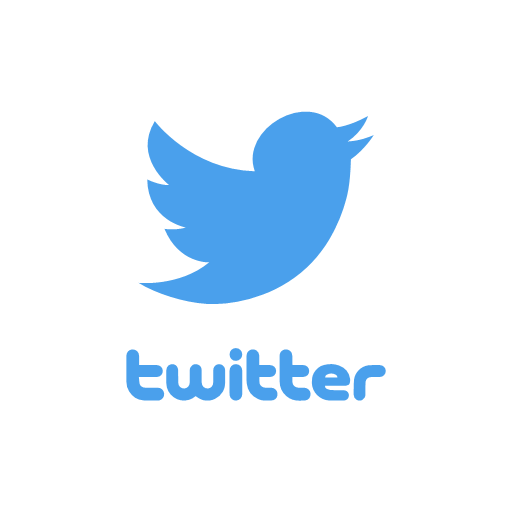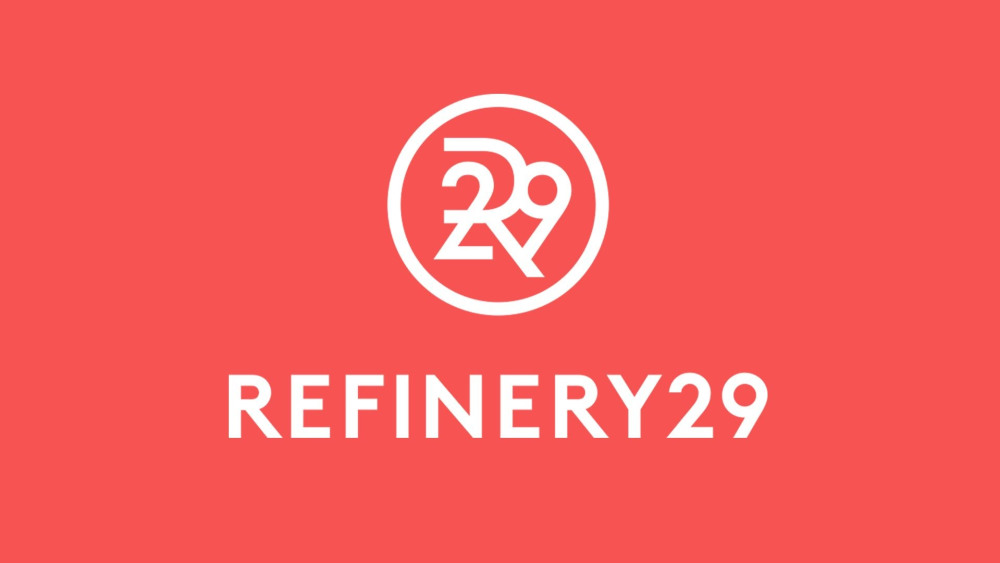Every year the Department of Communication at Georgia College hosts an event that features a panel of alumni to help current students gain insight into the industry and the job process. This year I had the opportunity to plan the Comm Mixer for 2019. We included five alumni that specialized in different fields of communication and there were two panels for the event: Portfolio Readiness and Jobs & Internships.

The alumni, being from different graduating classes and specialties, provided the panel with a variety of opinions to help the current majors. The panelists included Samantha Palm (class of 2015), April Monton Beal (class of 2007), Hampton Pelton (class of 2014), Sara Roberts (class of 2015) and Kristen Gangi (class of 2010).

The first panel for Portfolio Readiness had a lot of great advice packed in. They really encouraged everyone to branch out from the basic routine and to try new student media organizations. Before the event, I knew that writing was an important part to my portfolio but hearing how their writing samples helped them get their job really instilled this into my mind. Being a senior, I have quite a bit of content for my portfolio, but I feel more motivated now to get even more content and to make my portfolio stand out further. I would like to look into freelancing to make additional content.

The second panel was the most beneficial to me because I will be graduating soon. Hearing the alumni talk about their job hunt and interview process helped me know exactly what to expect and what to do. A couple of the alumni spoke about how every year new employees will come in with new skill sets they haven’t seen. I think that is what is very unique about this major. We are constantly adapting and changing because the industry is advancing, and new technology is coming out.

One of my favorite parts about the panel was having two graduate students, Hampton and Kristen. They went into depth about their experience in grad school and the benefit. Because of how grad school helped them and their advice about it, they encouraged me to go to grad school. I was very unsure about grad school at first because it is not as common for GC Communication students go to grad school, but now I believe that is what I should do.
Networking with the alumni after the panels was an extremely beneficial aspect to the mixer. Students can ask the really specific questions they have been needing answers to and they can connect with the panelists on LinkedIn to stay connected for the future.
The diversity of the panel allowed every student to benefit and feel like their time at the mixer was worth it. I definitely gained valuable information for attending and will carry it with me into my career.



















